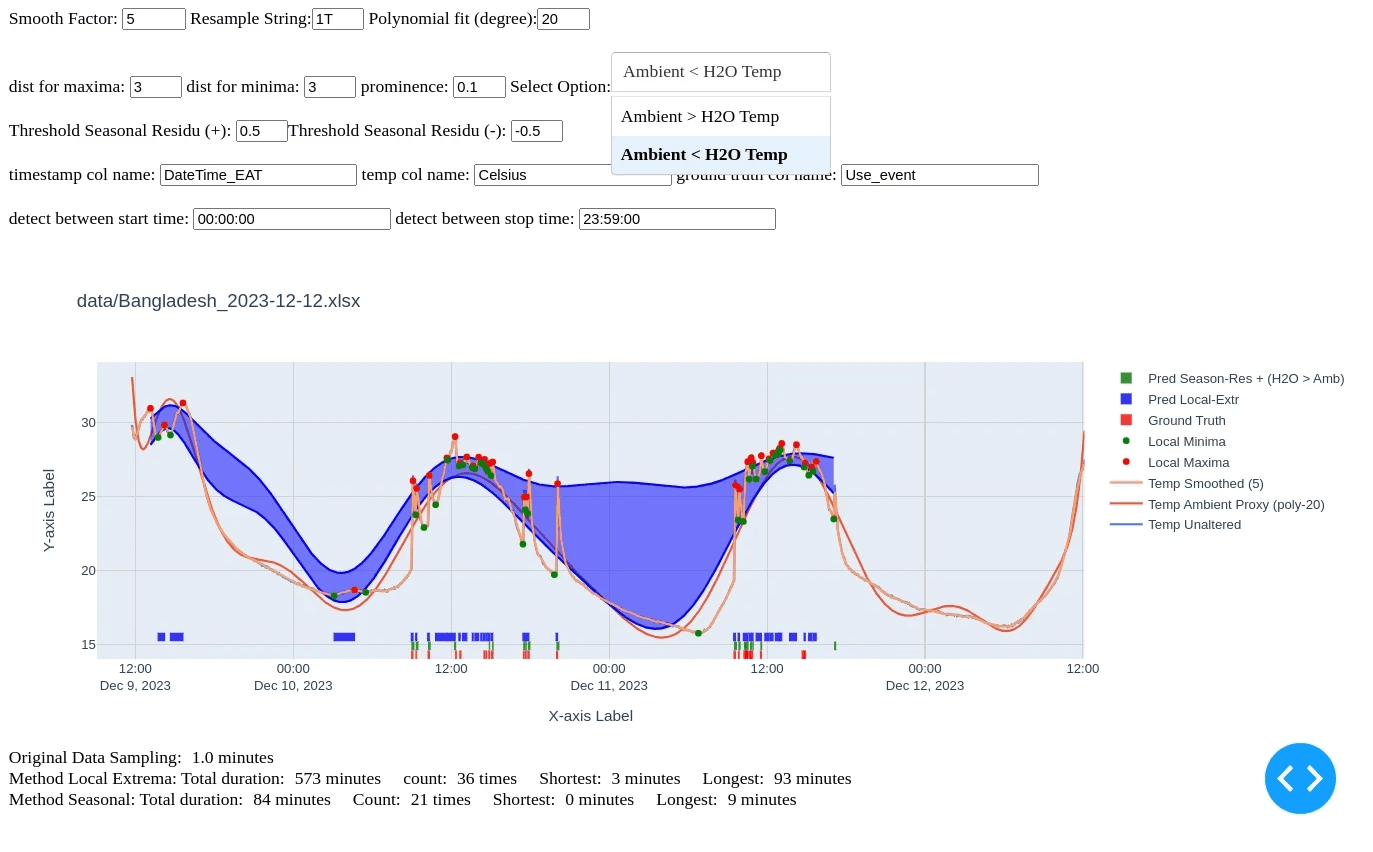Uptime, was looking for an AI solution, able to detect when water is pumped up out of a well. For this reason the consortium was deploying relatively cheap offline temperature sensors on those water pumps. Uptime: an international consortium developing a multi-country performance-based funding mechanism for rural water maintenance services. He has over 10 years of WASH experience in Africa, Asia, and South America where he has directed governance programs, managed professional rural water maintenance services, and led academic research. Dr. McNicholl holds a PhD in Engineering from the Cambridge University Centre for Sustainable Development, where he studied how stakeholder networks influence institutional development for managing rural water supply.
Oxford, United Kingdom,
2019
rural water maintenance services
Challenge
When water gets pumped by the local people, it would stream over the sensor affecting its temperature. In a situation where the ambient temperature is different from the ground water temperature a sudden effect can be observed. This effect has been learned by the AI model so that it can be used during prediction time. Once in a couple of months, the sensors are collected/readout and an off-line analysis can start.
Results
A python code based solution has been developed that has, on one hand, a dashboard for quick visualisation and parameter tuning. And on the other hand, a batch processing engine that can be used (once the parameters are set) to process multiple data files in one batch. A report gets created with statistics like the number of pump usage, the longest and shortes pump usage duration and a list of start and stop times for each detected pump usage. A screenshot of the Dash application can be seen below:
“Roel was great. He seamlessly fit into our team and exceeded expectations almost immediately. He's built exactly what we need quickly and effectively.”

Duncan McNicholl
Co-founder & CEO at Uptime Global
Conclusion
Two models have been developped in order to correctly predict the pump usage. The quality of the models highly depend on the relative difference between the ambient temperature and the water temperature. The first method is based on local extrema extraction and using the slope profile to identify pump usage. The second method was based on a decomposition method that allows to split the signal into a trend, seasonality and residu component. The residu component is used to identify pump usage. The interactive figure below shows the result of a particular pump. Both method are in good agreement with the ground truth in the region where the ambient temperature is different from the water temperature. When the blue band becomes narrow, it indicates that the ambient and water temperatures become very similar and detection gets impossible based on the temperature measurement.



